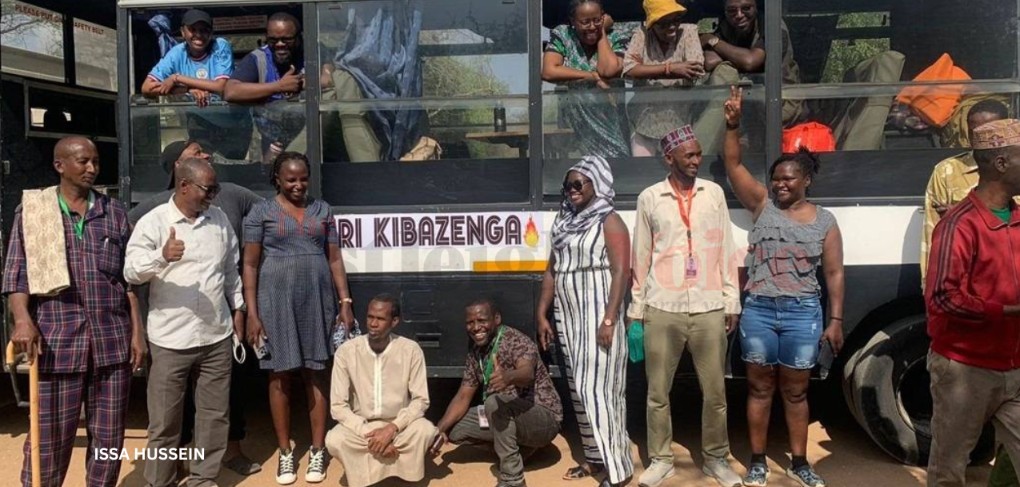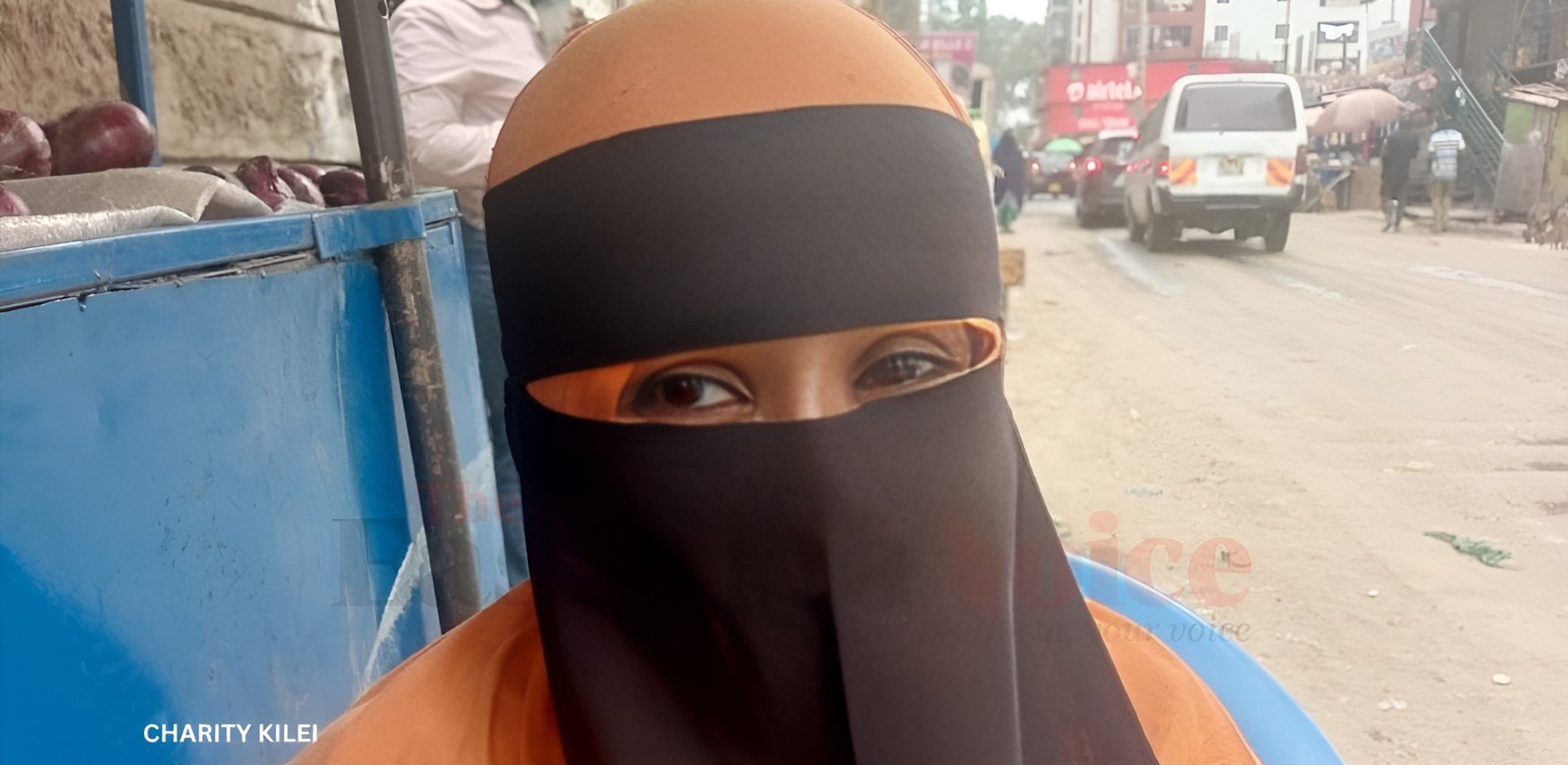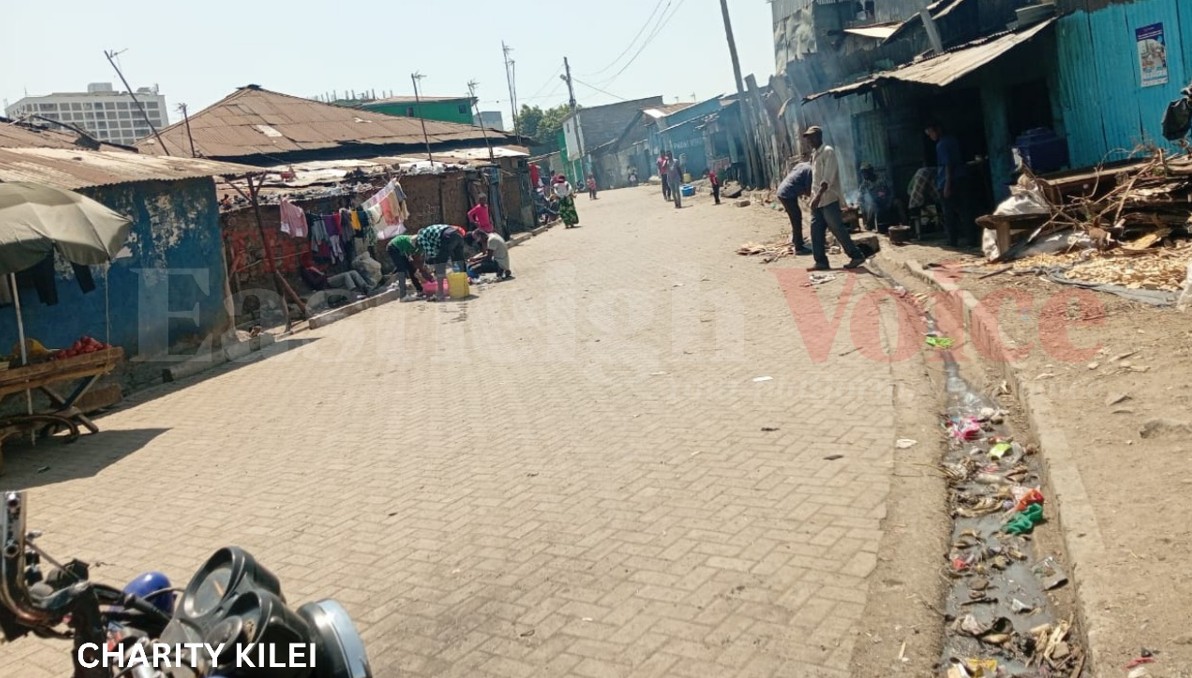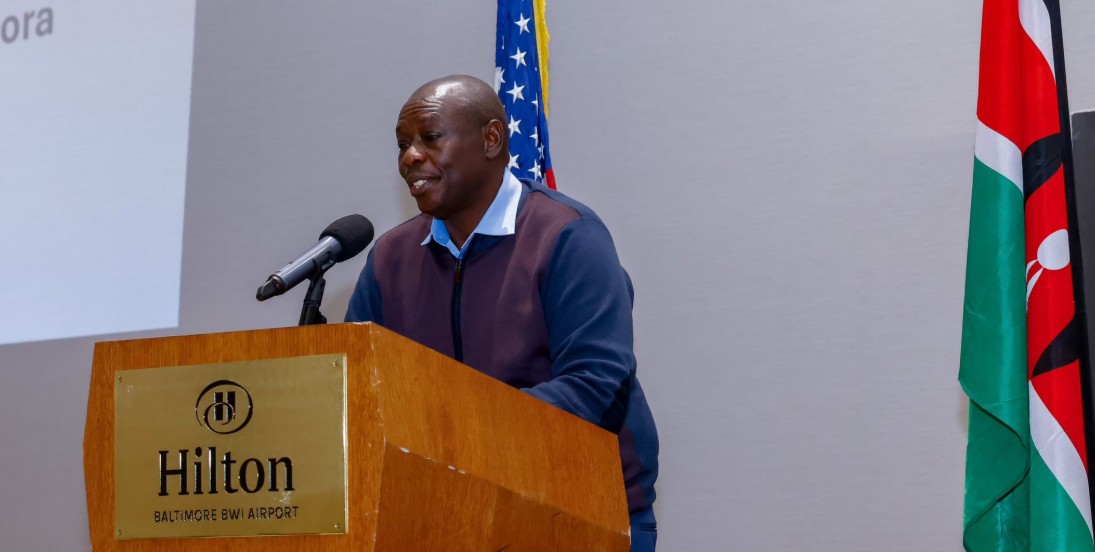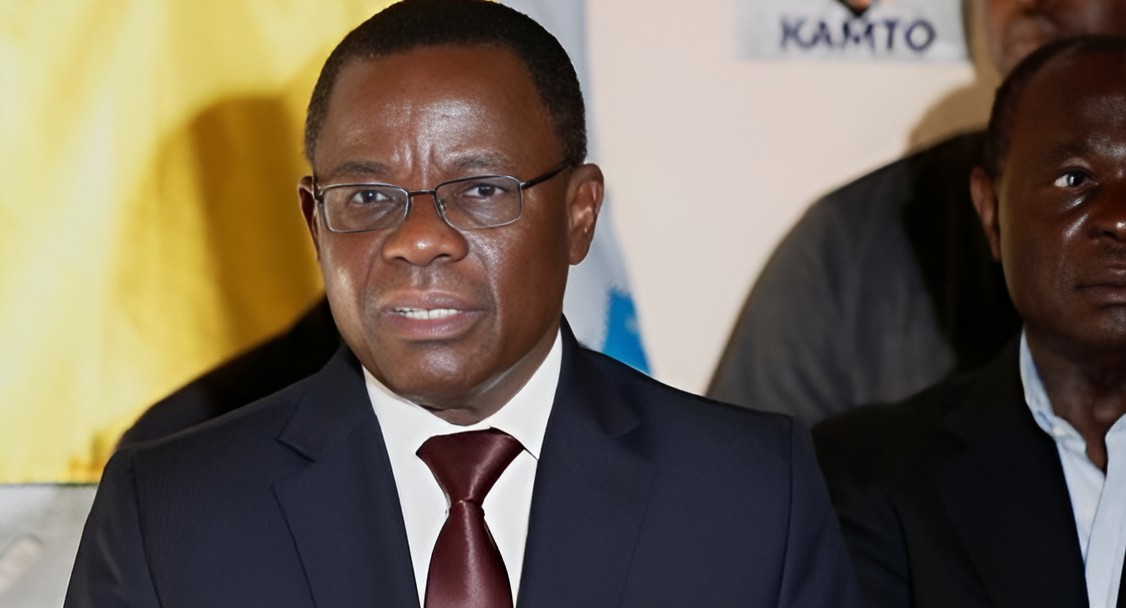HIV prevention injection offers hope, but at a cost too high for many Kenyans
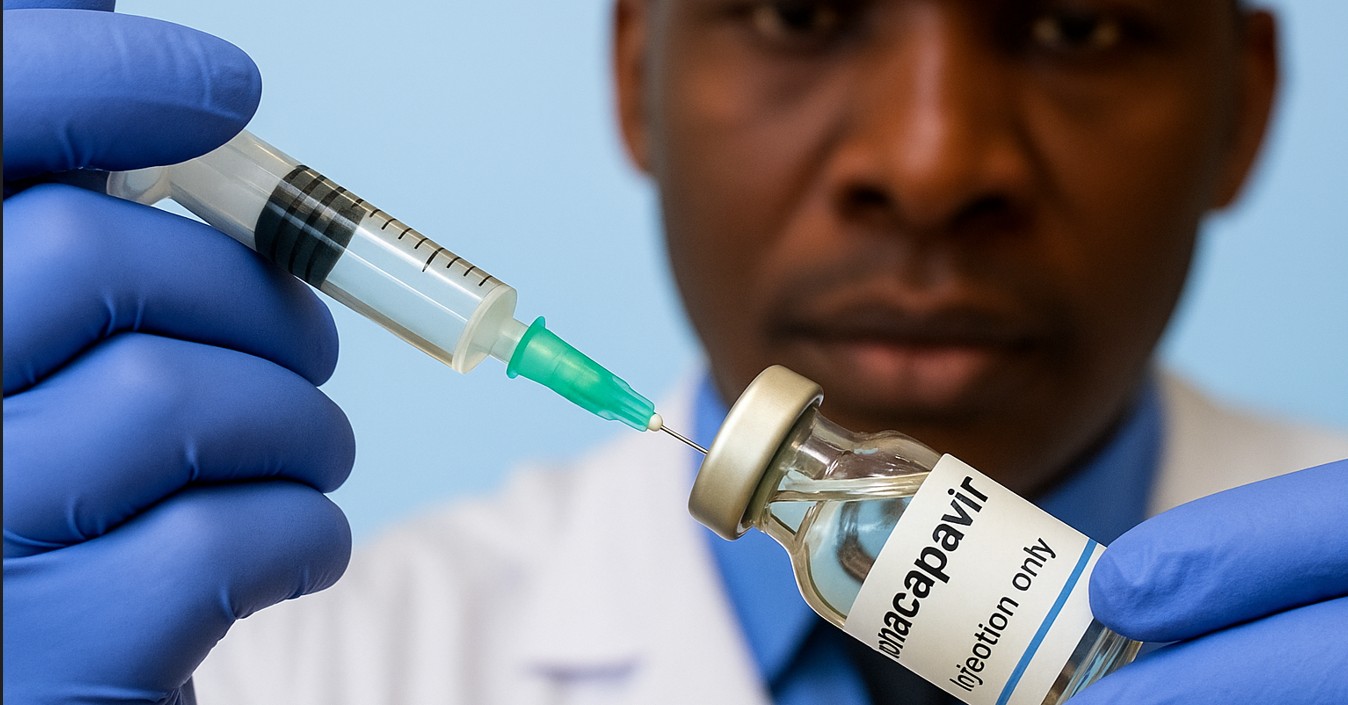
Lenacapavir, an HIV-prevention injection offering six months of protection, will be available from January 2026 at a cost of approximately Sh6,000 per dose.
When Seline Akise first heard about the new HIV prevention injection — a shot taken just twice a year — her heart filled with hope. After years of watching her loved ones live with HIV, the news felt like a long-awaited breakthrough.
“It felt like they had been remembered,” she said. “Like finally, this world is thinking about them too.”
More To Read
- Kenya to roll out lenacapavir HIV prevention injection by 2026 in landmark move
- WHO approves injectable lenacapavir in major shift on HIV prevention
- UNAIDS warns HIV crisis could claim 4 million lives by 2029 without urgent global funding
- MoH flags surge in youth HIV infections, calls for stronger prevention strategies
- Kenya’s war on HIV, TB and malaria faces setback as funding drops sharply
- WHO urges HIV testing for all mpox patients as global cases top 129,000
She pictured a future where her family no longer had to take daily pills. A life without constant reminders of illness. A bit of freedom from the burden they had carried for so long.
But that hope quickly turned into worry.
The injection, called Lenacapavir, comes at a cost of over Sh6,000 per dose—even after subsidy. For Seline and many in her community, where most people earn less than that in a month, the price tag sparked anxiety.
“What happens,” she asked, “if you afford the first injection, but six months later you can’t pay for the next one? Do you just go back to the daily pills? Is that safe? Or once you start, are you locked into it — and what happens if you miss a dose?”
She shook her head. Even Sh6,000, she said, is beyond reach for most families. With rent, school fees, and food always taking priority, the idea of paying that much for a single injection felt unrealistic.
“It's good, yes,” she admitted, “but maybe not for us. Maybe it’s only good for people who already have money.”
Seline fears the injection could bring unintended harm if not introduced carefully. People may start it thinking it's a better option, only to find they can’t afford to continue. And with HIV prevention, consistency is everything.
She believes the government and health workers must do more to explain the risks and responsibilities to ordinary Kenyans before rolling it out widely.
“Tell the common mwananchi what to expect,” she said. “Don’t just bring it and say it’s good. Explain the consequences if someone can’t keep up. Otherwise, it will only benefit the rich and leave the poor behind — again.”
Cautious curiosity and many questions
Across Nairobi, Amina Hassan had also heard about the injection through neighbourhood conversations. While others spoke about it with excitement, Amina had more questions than answers.
“Does it mean someone is cured?” she asked. “Or is it just another way of managing the virus? And if so, how does it work? Is it still inside the body? What are the side effects?”
For Amina, the idea of skipping daily pills sounded appealing. She had seen loved ones struggle—not just with the medication routine, but with the secrecy and stigma tied to it. Daily pills could be discreet. But she wondered what the injection would mean for privacy and appearance.
“With pills, no one knows anything. Everyone just looks normal,” she said thoughtfully. “Will that still be true with the injection? Or will it bring new attention?”
What Amina wants most is transparency—and to see the treatment work within her own community before embracing it.
“Let us see it working first. Then we’ll know it’s okay.”
Lenacapavir: A breakthrough with limits
Lenacapavir is a long-acting injectable designed to prevent HIV infection with just two doses per year. Globally, it has been hailed as a game-changer, especially for those who struggle to adhere to daily oral PrEP pills.
In July 2025, the World Health Organisation (WHO) recommended Lenacapavir as part of a comprehensive HIV prevention package, to be used alongside condoms and oral PrEP.
In Kenya, Dr Andrew Mulwa, Head of the National AIDS and STI Control Programme (NASCOP), confirmed during an interview with NTV Kenya that Lenacapavir will be available starting January 2026. The injection will cost around Sh6,000 per dose, and offer six months of protection against HIV.
Mulwa called the drug a “major breakthrough,” particularly for those who find daily PrEP hard to maintain. However, he clarified that it does not protect against other sexually transmitted infections (STIs).
Kenya is one of nine African countries selected for the pilot rollout, supported by the Global Fund, UNAIDS, and Tiko Africa, with an initial focus on high-risk populations such as adolescent girls and young women.
Still, despite its promise, Lenacapavir is not a universal solution. In a country where free PrEP pills are already provided to most users, the high cost of the injection could create a two-tier system: one for the wealthy, and another for everyone else.
The deeper issue: When innovation meets inequality
Medical breakthroughs like Lenacapavir offer hope, but they also expose a hard truth: when innovation is priced beyond the reach of the poor, it can deepen existing health inequalities.
Kenya has long battled the connection between poverty and HIV outcomes. A landmark 2015 study in BMC Public Health tracked 312 HIV-positive adults in Nairobi who weren’t yet eligible for antiretroviral therapy (ART) under national guidelines. Most were in serodiscordant relationships and had relatively high baseline CD4 counts.
The study found that individuals living on less than Sh129 (one US dollar) per day were 4.6 times more likely to experience disease progression than those earning over five dollars daily. This held true even after adjusting for medical factors.
Subsequent research has confirmed the link between poverty and faster HIV progression. Poor households often struggle to access proper nutrition, transport to clinics, and consistent care, making it harder to stick with treatment.
A 2021 study from Nyeri County Referral Hospital revealed that over 60 per cent of low-income patients on ART had interrupted treatment for three months or more. Many cited economic hardship as the reason. Such interruptions increase the risk of viral rebound, drug resistance, and disease progression.
In 2018, a study published in the Journal of the International AIDS Society analysed ART access across Kenya’s 47 counties. It found that poverty was the single strongest barrier to treatment coverage. The gap in access between Kenya’s richest and poorest counties was as high as 40 percentage points.
And now, with Lenacapavir entering the market as a pay-to-access treatment, similar patterns may repeat.
A future at a crossroads
Seline and Amina are not medical experts. But they represent the voices of those this innovation is meant to serve. Their concerns reflect a deeper truth: medical progress isn’t just about new science, it’s about equitable access.
Until affordability, education, and infrastructure catch up, even the most promising treatments risk leaving the very people who need them behind.
Because real breakthroughs aren’t just about changing medication schedules — they’re about changing lives. And that only happens when everyone, regardless of income, can share in the benefits.
Top Stories Today



